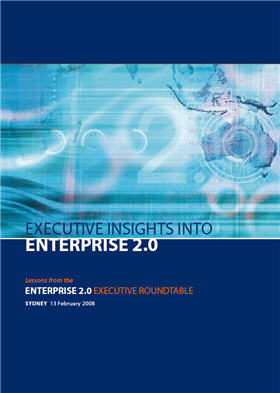Industrial policy in the global media economy
Japan and Singapore are examples of nations that have had highly interventionist industrial policies and industry support through the second half of the twentieth century, with great success. However once economies become developed, the key issues are far less about manufacturing prowess. Today the buzzwords in national economic development are knowledge, creativity, media, content, entertainment, design, and the like. All of these flow easily across boundaries. Moreover, the educational and social structures required to support them are dramatically different to those that support the creation of an industrial and manufacturing powerhouse.
When I was in Singapore this Monday I met with the Media Development Authority, a government agency devoted to building Singapore’s capabilities in the media and content space. Among other activities, it actively encourages interactive media companies, gaming ventures, and content development. Initiatives include media education, supporting PC games, and developing a research ecosystem .


